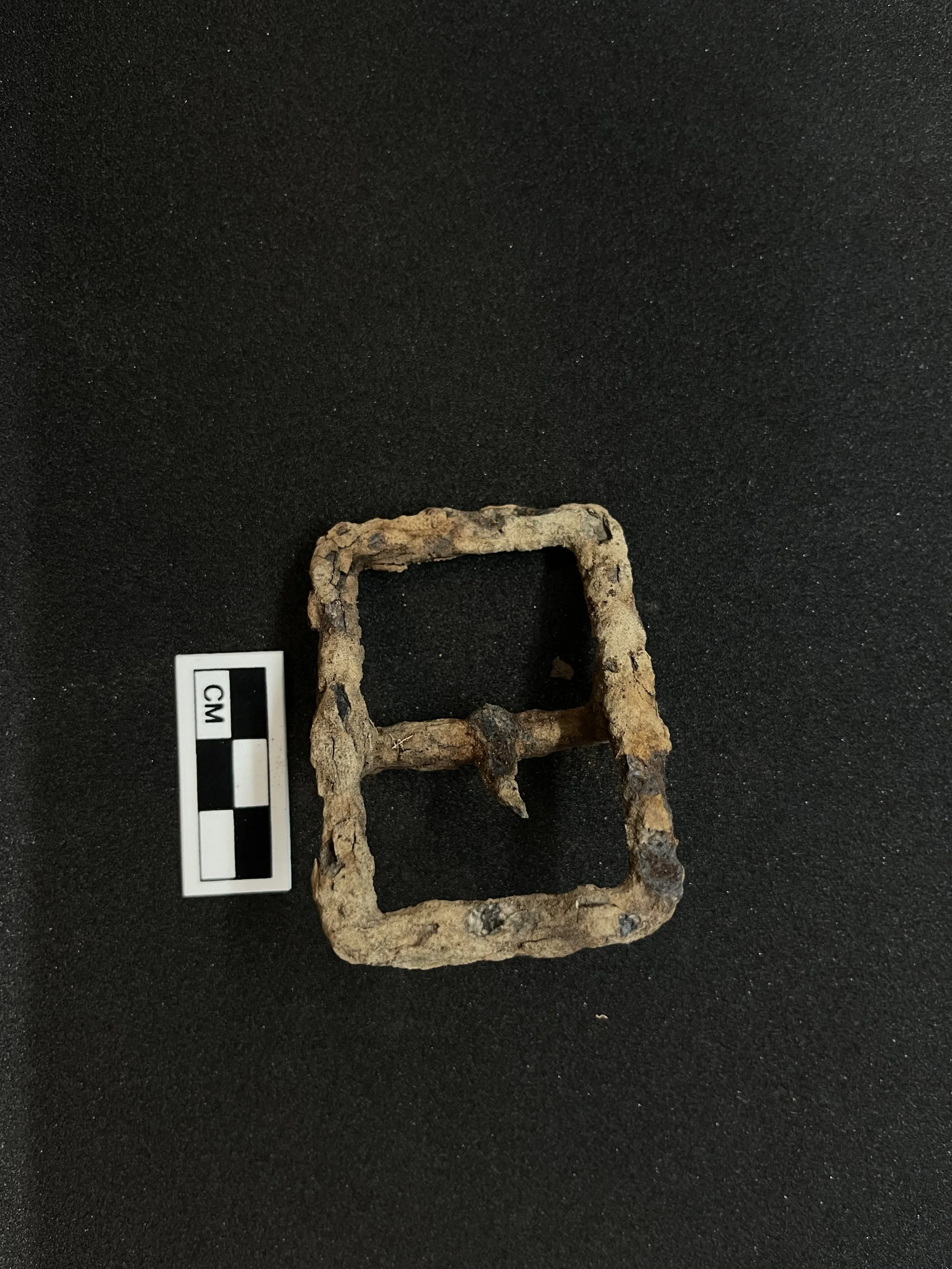Lipan Apocalypse
I think this is the best podcast series I’ve ever produced. But I think it may also be the last podcast series I’ll do. For a while anyway, this one has taken a lot out of me.
It’s just so hard to do justice to the history of Native Texans. The written record is so sparse and it’s almost impossible not to overlay Hollywood depictions of native Americans into your narrative.
The Lipan Apaches are especially difficult to approach because their ultimate survival strategy was convincing people they had disappeared. A part of their success in absorbing other peoples and in fighting off Spanish, Comanches, Mexicans, Texans, Americans, and others for almost 500 years was the aura that they maintained about themselves. But what we know about them, we mostly know from the writings of their enemies, meaning that you have to look for the Lipanes in the negative spaces of the historical record.
The last Lipanes to come into a reservation came in in 1904! Thirty years after the Comanches surrendered, twenty years after Geronimo, and fourteen years after Wounded Knee. To say nothing of the many, many Lipanes who never submitted! They were the ultimate survivors in Texas history, the most successful of the Native peoples of this state at carving for themselves a place in their ancestral homeland without surrendering it, specifically, along the Texas-Mexico border. The Texas-Mexico border is itself an artifact of Lipan resistance, and the society that populates it to this day has been influenced by Lipanes in a way that wouldn’t have been possible for native peoples anywhere else in the United States.
I don’t know why, but that makes it an exceptionally hard narrative to craft, I suppose because all of our narrative models for Native American history are built on stories of disappearance and decline. Instead, the Lipanes dispersed, carrying with them their sacred hearths and their medicinal ceremonies that became the foundation of the modern Native American Church throughout North America today.
You can be the judge of whether this season lives up to the hype I’m putting on it, or if it just comes across as muddled as my mind feels after looking for the Lipanes all these years. But I can’t shake the feeling that the story of the Lipanes isn’t so much a glimpse into some primitive past, but rather a roadmap into an uncertain future.
Bibliography
Anderson, G. C. (1999). The Indian Southwest, 1580-1830: Ethnogenesis and Reinvention. University of Oklahoma Press.
Baddour, Dylan. “Labeled ‘Hispanic,’” Texas Observer, May/June 2022, July 6, 2022.
Ball, E. (2013). Indeh: An Apache Odyssey. University of Oklahoma Press.
Berlandier, J. L. (1850). La Comisión de Límites: diario de viaje.
Britten, T. A. (2011). The Lipan Apaches: People of Wind and Lightning. University of New Mexico Press.
Carlisle, Jeffrey. (2001). Spanish Relations with the Apache Nations East of the Rio Grande. University of North Texas, PhD dissertation.
Chebahtah, W., & Minor, N. M. (2007). Chevato: The Story of the Apache Warrior who Captured Herman Lehmann. University of Nebraska Press.
Cortes, J. (1994). Views from the Apache Frontier: Report on the Northern Provinces of New Spain.
Foster, W. C. (2009). Historic Native Peoples of Texas. University of Texas Press.
Garduño, E. (2004). Cuatro Ciclos de Resistencia Indígena en la Frontera México-estados unidos. European Review of Latin American and Caribbean Studies | Revista Europea de Estudios Latinoamericanos y Del Caribe, 0(77), 41. https://doi.org/10.18352/erlacs.9677
González Dávila, J. M. (2018). ¿Qué significa ser apache en el siglo XXI?: Continuidad y cambio de los lipanes en Texas. Instituto Nacional de Antropología e Historia.
Hampton, N. M. (2015). A Dark Cloud Rests Upon Your Nation: Lipan Apache Sovereignty and Relations with Mexico, the United States, and the Republic of Texas. University of Central Oklahoma, Master’s Thesis.
La Vere, D. (2004). The Texas Indians. Texas A&M University Press.
Lipan Apache Band of Texas – Lipan Apache Band of Texas Claim as a Sovereign Nation
Maestas, E. G. M. (2003). Culture and History of Native American Peoples of South Texas. University of Texas at Austin, PhD Dissertation.
Minor, N. M. (2009a). The Light Gray People: An Ethno-History of the Lipan Apaches of Texas and Northern Mexico. University Press of America.
Minor, N. M. (2009). Turning Adversity to Advantage: A History of the Lipan Apaches of Texas and Northern Mexico, 1700-1900. University Press of America.
Moorhead, M. L. (1968). The Apache Frontier: Jacobo Ugarte and Spanish-Indian Relations in Northern New Spain, 1769-1791.
Mulroy, K. (1993). Freedom on the Border: The Seminole Maroons in Florida, the Indian Territory, Coahuila, and Texas. Texas Tech University Press.
Opler, M. E. (2018). Myths and Legends of the Lipan Apache Indians. Pickle Partners Publishing.
Robinson, S. (2013). I Fought a Good Fight: A History of the Lipan Apaches. University of North Texas Press.
Rodriguez, O., & Seymour, D. J. (2019). Those who stayed behind: Lipan Apache enclaved communities. Communities and Households in the Greater American Southwest, 152–180. https://doi.org/10.5876/9781607328858.c007
Smith, F. T. (2005). From Dominance to Disappearance: The Indians of Texas and the Near Southwest, 1786-1859. U of Nebraska Press.
Stewart, O. C. (1989). Peyote Religion: A History. Western Historical Quarterly, 20(1), 58. https://doi.org/10.2307/968479
Valdés, C. M. (1995). La gente del mezquite: los nómadas del noreste en la colonia. Ciesas.
Weber, D. J. (2008). Bárbaros: Spaniards and Their Savages in the Age of Enlightenment. Yale University Press.



